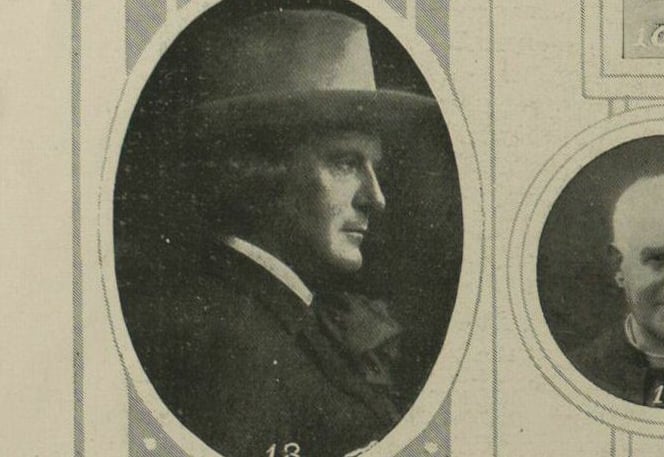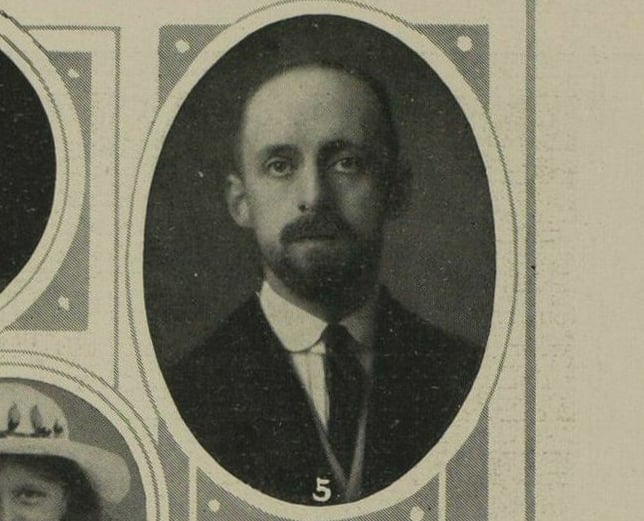Lusitania sunk by German torpedo
Anxious families await news of loved ones who were on board
Queenstown, 8 May 1915 - More than 1,300 lives are feared lost after the Lusitania was hit by a torpedo off the south coast of Ireland yesterday.
The famous Cunard Steamship Company ship was eight miles off the Old Head of Kinsale in Co. Cork, en route for Liverpool from New York, when it was torpedoed by a German submarine shortly after 2pm. The torpedo exploded inside the ship and sent fumes all over. There was something of a panic on board the ship, while the crew sought to maintain order and launch the lifeboats.
The ship sunk extremely quickly; it disappeared some 33 minutes after being hit.
The rescue effort
A wireless message from the Lusitania was received in Queenstown harbour at 2.15pm asking for assistance. All available tugs and steam trawlers set out immediately to rescue as many passengers as possible. Rescue efforts were aided by almost perfect sea conditions, with the weather beautifully fine and a light south-east wind blowing. Some passengers managed to clamber into lifeboats and these were taken on board local vessels. It is estimated that some 600 people may have escaped the ship.

An artist's interpretation of victims in the water after the sinking of the Lusitania. (Image: Illustrated London News [London, England], 15 May 1915)
The survivors were brought to hotels, boarding houses and family homes. Many were dazed and in shock, as well as shivering from the dampness of their clothing.
Although the lifeboats on the Lusitania had room for some 2,600 people, and early reports suggest there were only 2,000 on board, the speed at which the ship sunk would have left it impossible for all aboard to have escaped.
Families anxious for information
At the Cunard offices in Liverpool a huge crowd assembled and besieged the staff with anxious inquiries as to the fate of their friends and relations.

|

|

|
William Turner (left), captain of the Lusitania, was saved. Sir Hugh Lane (centre), director of the National Gallery of Ireland and centre of the controversy surrounding the building of a new modern art gallery in Dublin, is missing. Rita Jolivet, the popular actress, was saved. (Images: Illustrated London News [London, England], 15 May 1915]
There were distressing scenes as people of all classes scrambled for the news which was published on the windows of the offices by staff.
Amongst those believed to be lost is Sir Hugh Lane, director of the National Gallery in Dublin.
[Editor's note: This is an article from Century Ireland, a fortnightly online newspaper, written from the perspective of a journalist 100 years ago, based on news reports of the time.]





















